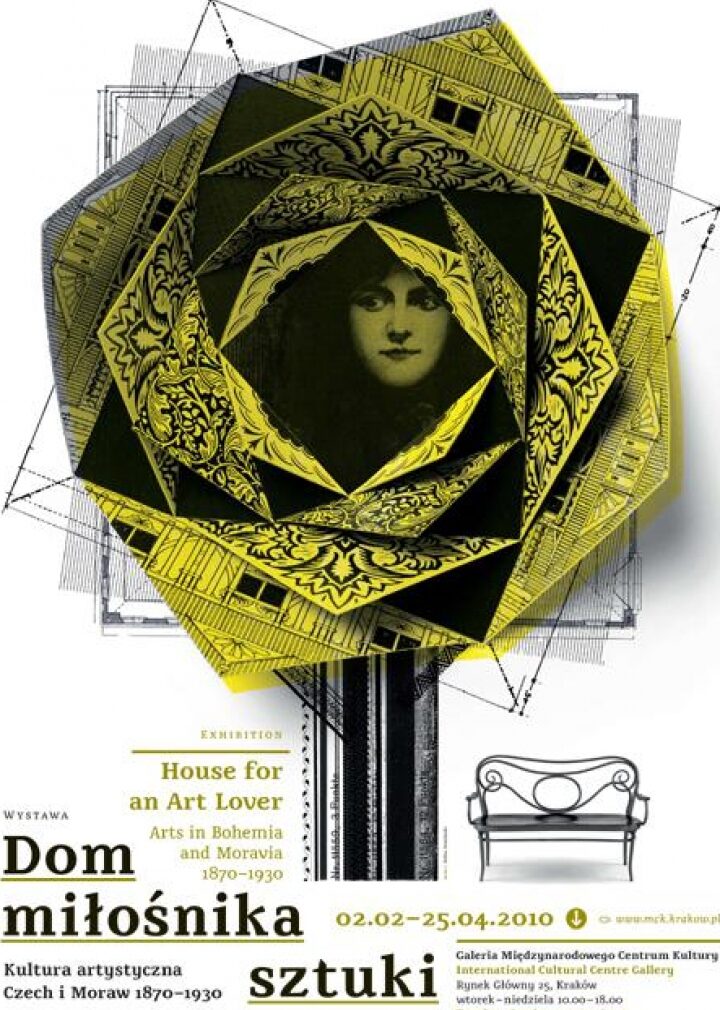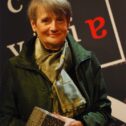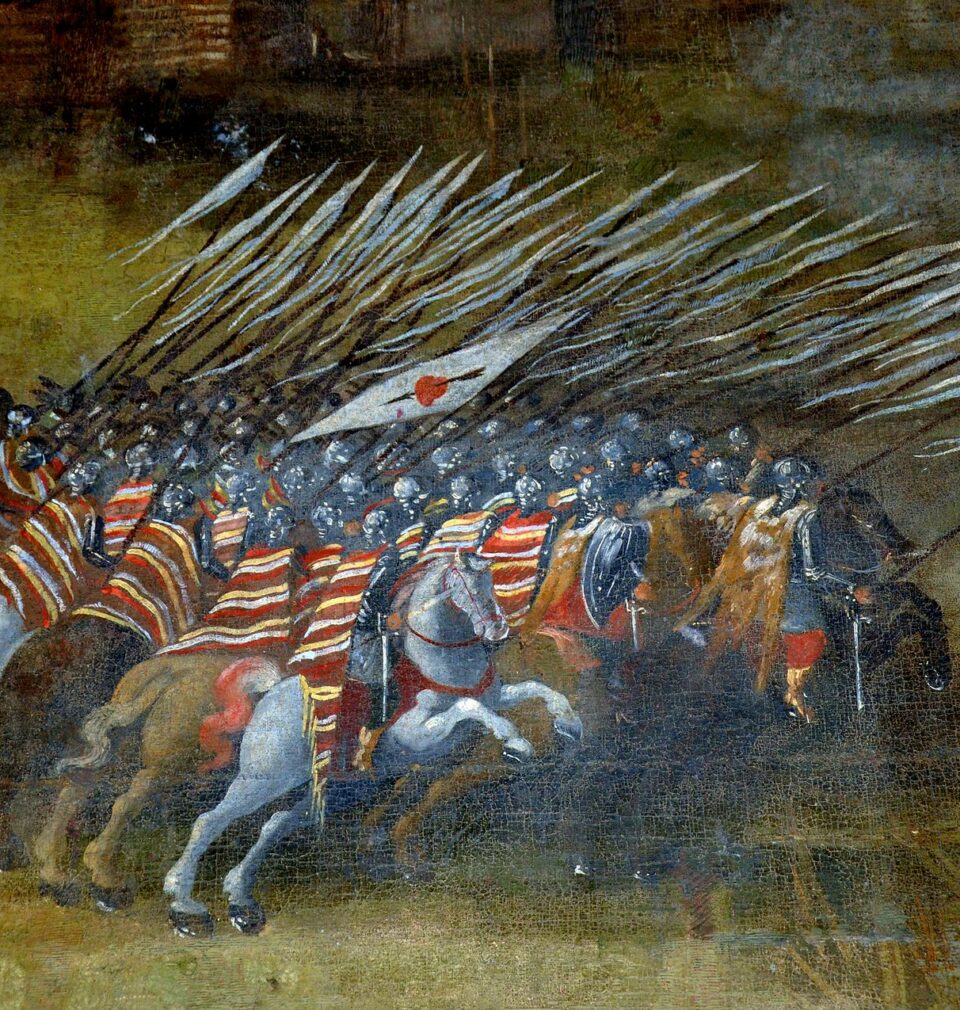
Symbols and Clichés
So Close, So Little Known
Publication: 17 August 2021
TAGS FOR THE ARTICLE
TO THE LIST OF ARTICLESHouse for an Art Lover, a beautiful exhibition at the International Cultural Centre in Krakow, awoke feelings that often come with our encounters with the art of Central Europe: above all a sense of closeness, almost familiarity. As we look at the paintings and prints, the artistic books and furniture, the designs for homes of “art lovers” and the collectibles amassed in them, we sense a similar openness to artistic stimuli radiating from major centres, harmonising with the need to manifest a vernacular distinctness. We see the same meandering between Paris, Vienna and Munich and the constant confrontations with the imperative for a “national style.” We feel the same oscillation between native folklore and the fashionable japonerie, between formalist leanings and the sense of obligation to the nation, between modernité and a fondness for the good old traditions, and we discover the same struggle between the fin-de-siècle autumn and the avant-garde early spring. And at the same time this sense of closeness is accompanied by surprise (or is it embarrassment?) that we know so little about what was going on in Olomouc, Prague or Brno. We realise that even the multinational community that was the Imperial and Royal Monarchy [of the Austro-Hungarian Empire – transl. note] did not prevent the development in art history of an ethnocentrism that laboriously staked out the boundaries of Polish art, Czech art, Slovak art…
The exhibition House for an Art Lover. Arts in Bohemia and Moravia 1870-1930 was thus an ideal contribution to the work that the ICC has consistently been doing for many years towards erasing these boundaries, towards revising the misleading stereotypes of the centres/peripheries opposition, and towards a mutual exploration without which we will remain blocked within these stereotypes. But this was not all.
The recognition of our own lack of knowledge was not the only element of surprise in this exhibition. Built largely around holdings from Olomouc Museum of Art, it also included many exhibits of an unexpectedly high class. There were, of course, several works by well-known and very well-known artists: posters by Alfons Mucha, glass by Tiffany, furniture by the Thonet furniture company – not only the timeless bentwood beech chairs, but also outstanding designs by Josef Hoffmann, Otto Wagner and Marcel Breuer. But, they were matched by less famous works: glass from the Klášterský Mlýn glassworks, prints by Vojtĕch Preissig, marquetry and ceramics by Anton Hanak, and the fantastic cubistic furniture by Josef Gočár and Pavel Janák. The latter presented an unprecedented radicalism in the acute angles of their shapes, all the more astounding given the date of their execution: before 1914, a period when Cubism still packed its avant-garde punch, before it was diluted into banality by 1920s Art Déco. It was this furniture that leapt to the attention of the ICC Programme Council on their visit to Olomouc Museum of Art a few years ago, creating so the impulse to stage this exhibition in Krakow.
It is easier to illustrate the phenomenon of a “house for an art lover” with examples of the culture, predilections and collections of its owners than by trying to present the architectural form of the house itself. The only forms of illustration available for use in the exhibition are plans, scale models and photographs. Foremost among the houses shown here was the masterpiece of modernism that is the Tugendhat villa in Brno, by Ludwig Mies van der Rohe. The villa echoes his German pavilion at the 1929 World Exhibition in Barcelona. It was for that pavilion that he also made (in cooperation with Lilly Reich) the Barcelona armchair, one of the greatest symbols of 20th-century design. Indeed, one wonders whether the pavilion in Barcelona is not better known than the Tugendhats’ Brno home, which was for years virtually inaccessible and remains rather dilapidated to this day. Situated on the rise of a steeply sloping meadow, it is the unique product of a blend of modernist purism of form with the last word in luxury (the cost of building the villa was thirty times that of an ordinary family home). There are walls of onyx and ebony, white floors, fully glazed façades, complete transparency, emptiness, and “freely flowing space,” just as Mies van der Rohe wanted. It is also an example of “total design” – from the cross-shaped supports, through door handles and furniture to the curtains, everything was as the architect had intended. It is a magnificent example of a “house for an art lover,” diametrically different from most houses which answer to this description, which are of the picturesque glory-hole style. Instead of filling it with beautiful things, it creates a space that allows the inhabitant to feel the value of the Platonic concept of beauty.
As commented above, architecture is hard to show at an exhibition. But the space that the ICC has designated and adapted was perfectly suited to this presentation of scale models of houses, as well as furniture and other fittings. With the recently completed alterations and modernisation of The Ravens House and the through glazing of the inner courtyard, a high, light, airy space has been created that is ideal for presenting the idea of “glass houses”. Once again, it confirmed the rule that the space in which an exhibition is held is crucial to the impression it makes. The same exhibits crammed together somewhere in a dark, small room would not display even a fraction of the charm they showed here. At the same time, it became clear that with its new spaces the ICC has the potential to become one of the most important exhibition venues in Krakow, compensating for the absence of the long moribund Palace of Art.
The exhibition House for an Art Lover. Arts in Bohemia and Moravia 1870-1930 is over, but the catalogue remains. An extensive publication in Polish and English, it comprises several excellent articles (among which is the beautiful, outstanding essay by David Voda “Vademecum of an art lover, or: anywhere, provided it is beyond this world”), the catalogue itself, and of course a generous album of reproductions. After the exhibition, the catalogue can also help us explore this culture that is so close, yet still so little known.
House for an Art Lover. Arts in Bohemia and Moravia 1870–1930
Curators: Monika Rydiger, Anežka Šimková
International Cultural Centre, Krakow
2 February – 25 April 2010
Copyright © Herito 2020



